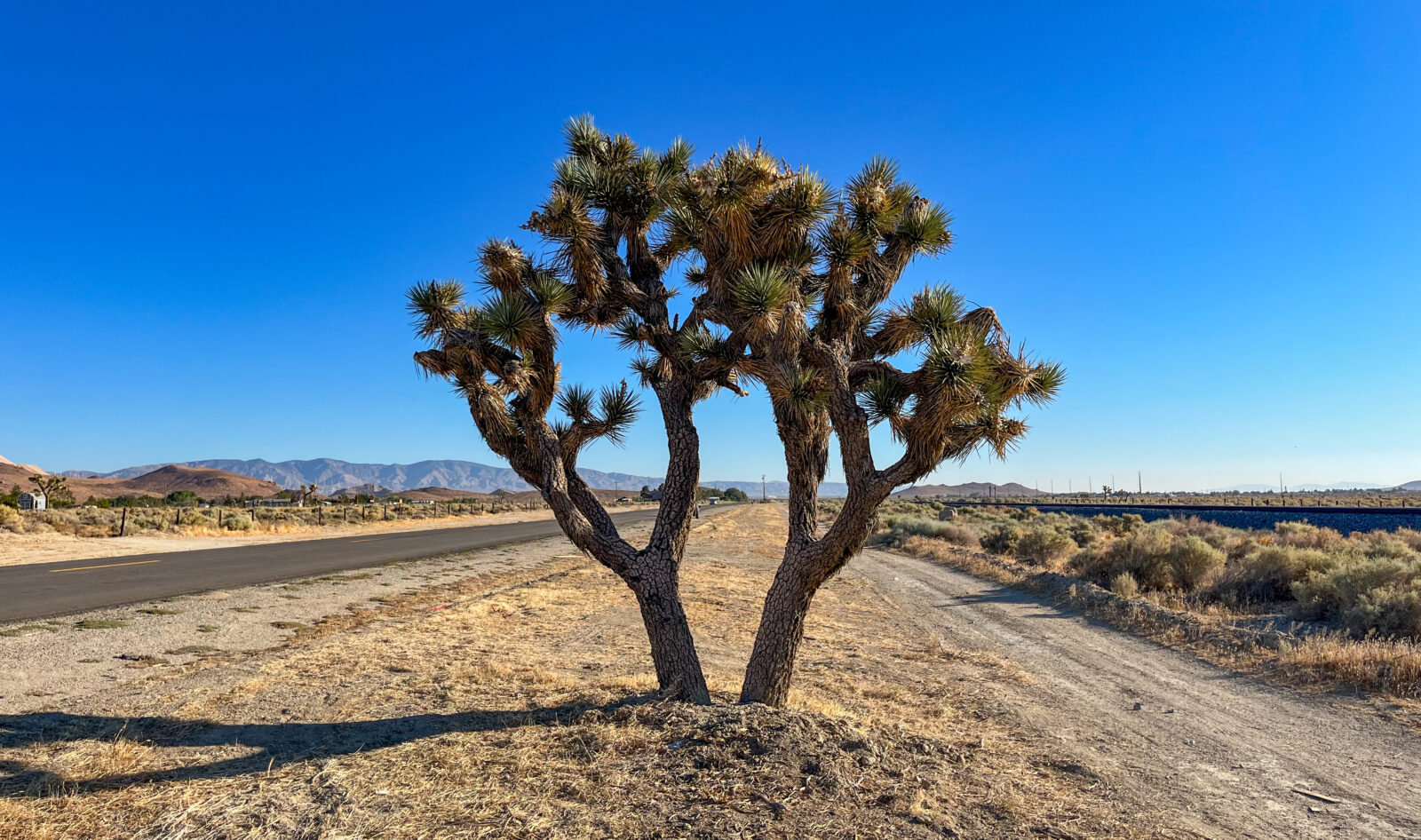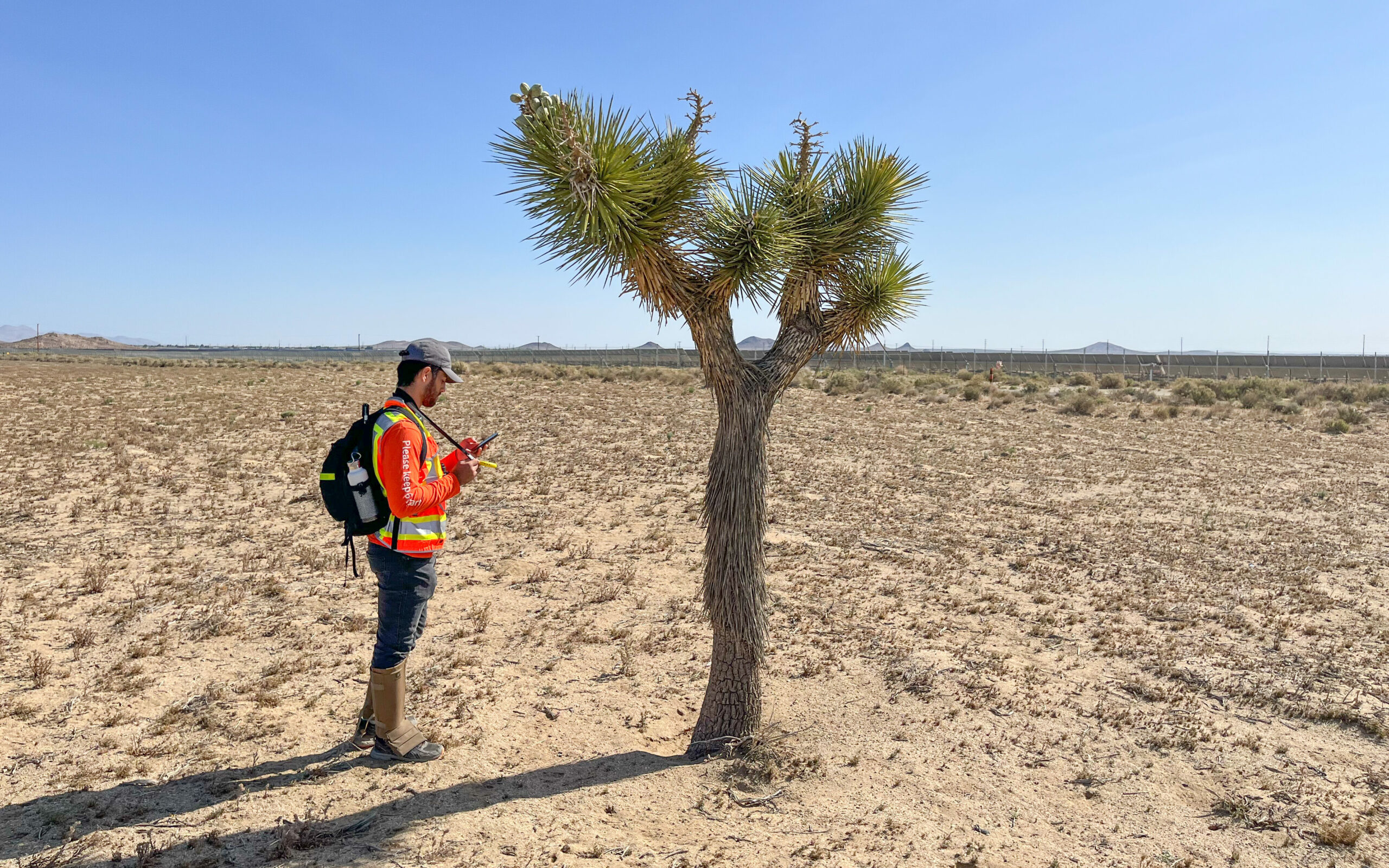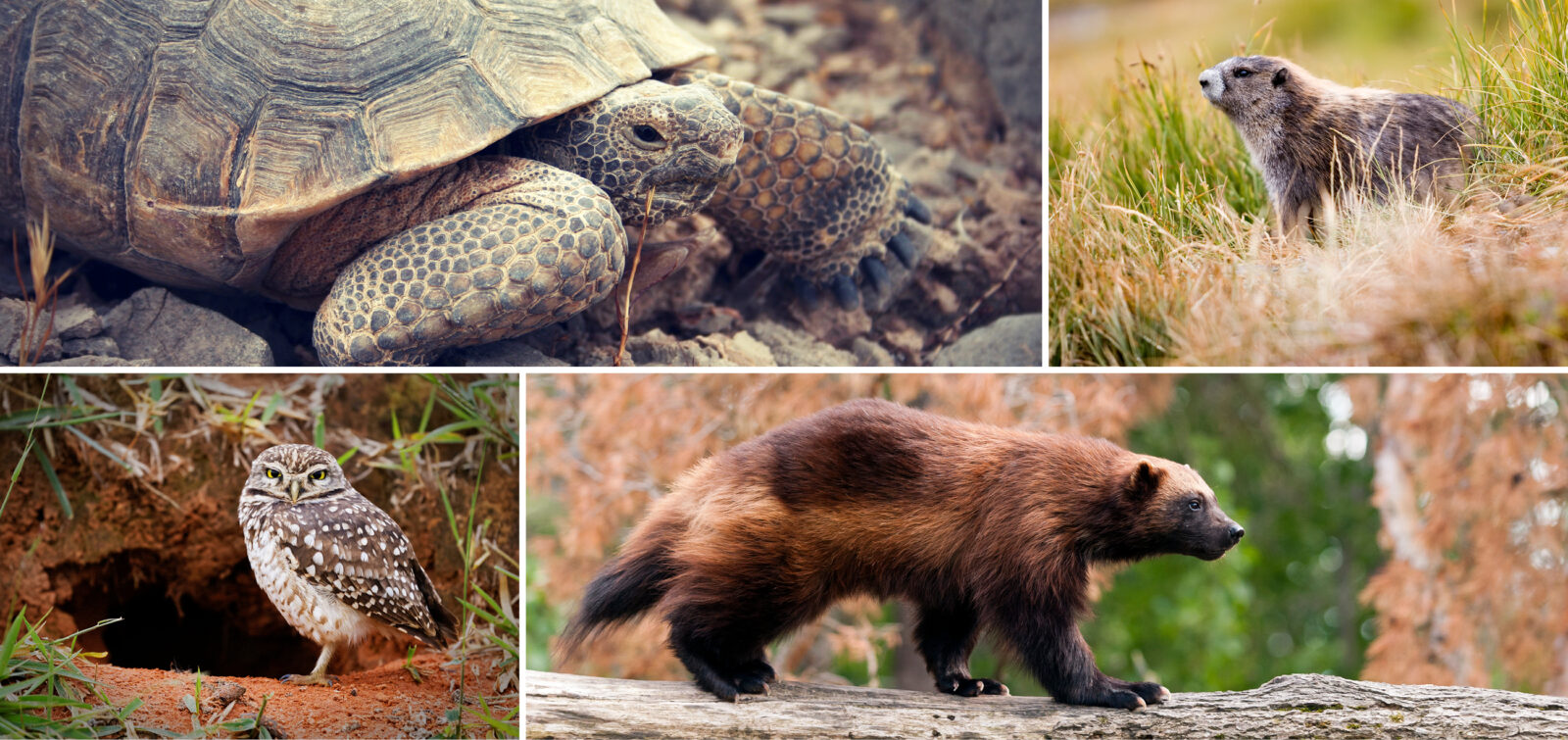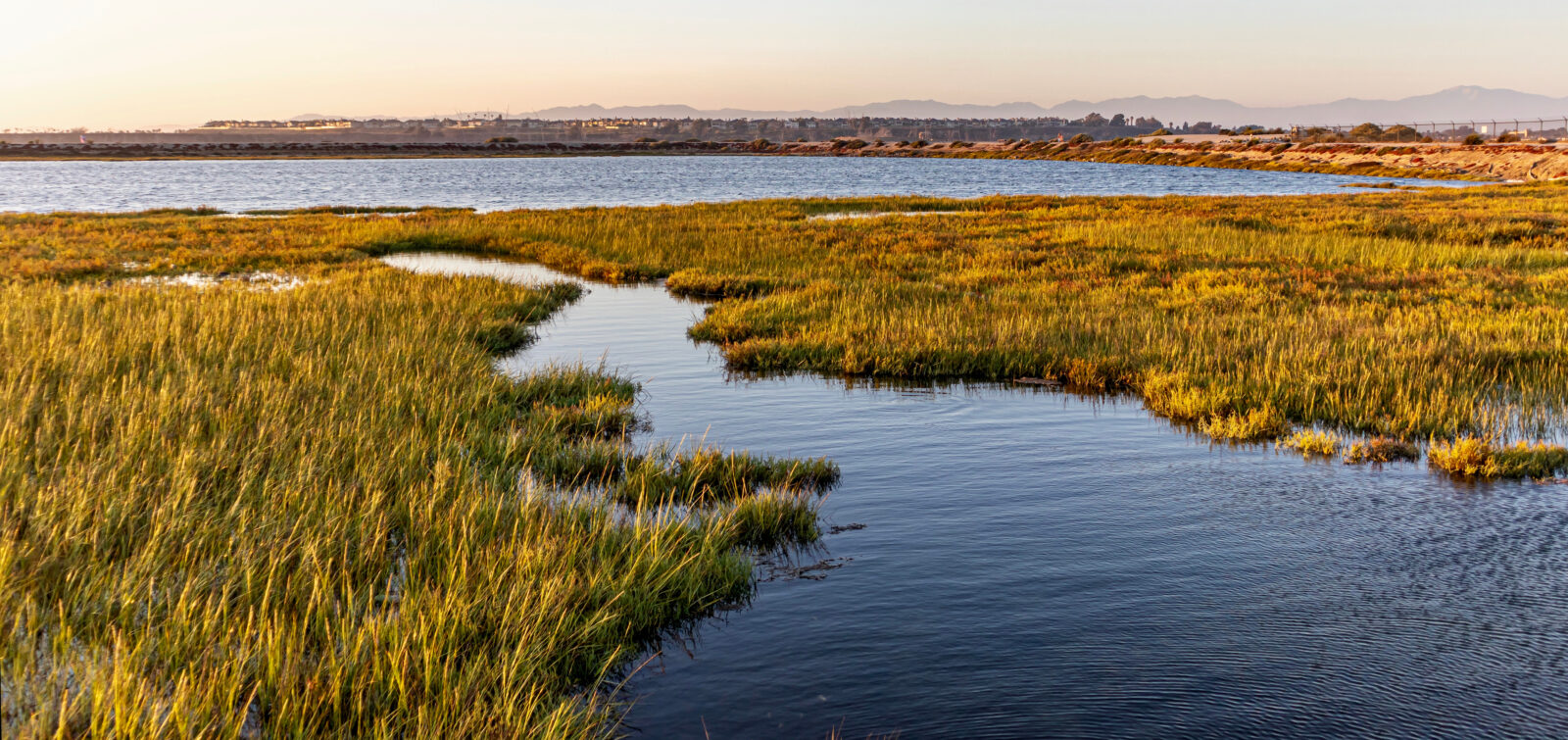With their twisting branches and clusters of spiky leaves, the western Joshua tree (Yucca brevifolia) is an iconic natural feature in California’s Mojave Desert. However, rising climate change threats, such as increasing annual temperatures, prolonged drought, and more frequent, severe wildfires, threaten this important ecological species, which grows only in the Mojave.
In addition, state goals to build utility-scale renewable energy infrastructure as well as growing housing development demands in the region have also placed ever-increasing pressure on the habitat range of this species. In the absence of state and federal protection under the Endangered Species Act, the California Legislature passed the landmark Western Joshua Tree Conservation Act (WJTCA) in July 2023. The legislation provides new environmental and permitting benefits that will aid in conserving the species and preserving its habitat.

Specifically, the WJTCA prohibits the importation, export, take, possession, purchase, or sale of any western Joshua tree in California unless authorized by the California Department of Fish and Wildlife (CDFW). Additionally, the WJTCA creates a streamlined permitting framework for development activities and provides for the collection of mitigation fees to conserve habitat through land acquisitions. This process will offset the impacts of permitted projects that negatively impact western Joshua trees and will help to conserve the species on a landscape scale while supporting the state’s renewable energy and housing priorities. Read on to learn more about this legislation and the factors that should be considered for projects in the region.
Where Does the WJTCA Apply
The WJTCA applies to all western Joshua trees that are located in California. Western Joshua trees’ native range is primarily located in the Western Mojave Desert and portions of the Great Basin Desert in Inyo, Kern, Los Angeles, Mono, Riverside, and San Bernardino counties.
Permitting
CDFW has designed a streamlined permitting framework for development activities occuring in western Joshua tree habitat range. The WJTCA:
- Authorizes the CDFW to permit the trimming and removal of hazardous and/or dead western Joshua trees
- Authorizes the CDFW to permit the incidental take of western Joshua trees
- Allows limited authority to local government agencies (counties and cities) to issue the aforementioned permits
Additionally, the WJTCA directs the CDFW to develop a conservation plan for western Joshua trees by the end of 2024.
Types of Permits
While the act prohibits the importation, export, take, possession, purchase, or sale of any western Joshua tree, it does authorize the CDFW to issue permits under specific circumstances. The WJTCA authorizes the CDFW to issue the following types of take permits:
- WJTCA Hazard Management Permits, which authorize the applicant to remove dead trees and/or trim trees that pose a risk to structures or public health and safety. Hazard management permits do not require an application fee or mitigation.
- WJTCA Incidental Take Permits, which authorize the applicant for take in association with renewable energy, housing, public works, and other qualifying projects. Incidental take permit mitigation is streamlined by providing the applicant a standard mitigation fee.
In-Lieu Mitigation
The WJTCA also authorizes permittees to pay specified fees in place of conducting mitigation actions. These in-lieu fees streamline the WJTCA approach to permitting and allow permittees to satisfy mitigation obligations by paying a set amount for the take of each individual western Joshua tree based on the individual tree’s height and location. Mitigation fees are lower for western Joshua trees located within a designated reduced fee area, encompassing portions of Kern, Los Angeles, and San Bernardino counties. For reference, see CDFW’s mitigation fee map. These fees range from $150 to $1,000 (reduced fee) and $340 to $2,500 (standard).
All in-lieu fees collected under the WJTCA will be deposited into the Western Joshua Tree Conservation Fund. This fund allows for the acquisition, conservation, and management of western Joshua tree conservation lands.
Your Project: What does this mean for projects that have on-site western Joshua trees?
If a project site contains western Joshua trees, the applicant/permittee will need to prepare a CDFW-protocol census survey. The survey must include every western Joshua tree on the project site, providing size information and photographs of each tree. The trees are categorized into three size classes: (A) less than one meter in height, (B) one meter or greater but less than five meters in height, and (C) five meters or greater in height. Additionally, the survey results report should include avoidance and minimization measures and a summary of any proposed mitigation for removals. The survey results must then be submitted to the CDFW for the permitting review process.

Special care should be taken to avoid and minimize impacts to, and the taking of, the western Joshua tree to the maximum extent practicable. Minimization measures may include trimming, encroachment on root systems, relocation, or other actions that result in detrimental—but nonlethal—impacts to a western Joshua tree. The department may include permit conditions that require the permittee to have a qualified designated biologist present to monitor construction and post-construction activities. Typically, the designated biologist may be required to be an International Society of Arboriculture Certified Arborist or a biologist with a record of handling desert plant species.
ESA’s Experience with Western Joshua Tree
ESA’s team of arborists are highly qualified desert plant specialists who are cross-trained as biologists and have extensive experience working within the Mojave Desert. Additionally, they have been approved by the CDFW as designated biologists on projects, including those with western Joshua trees. Drawing from our wealth of experience with western Joshua trees, we stand uniquely positioned to not only assist but also expertly guide your project through WJTCA and CDFW permitting process, ensuring a seamless path to success.
Reach out to ESA’s Urban Foresters and Qualified Western Mojave Joshua Tree Biologists Ryan Gilmore and Douglas Gordon-Blackwood.









